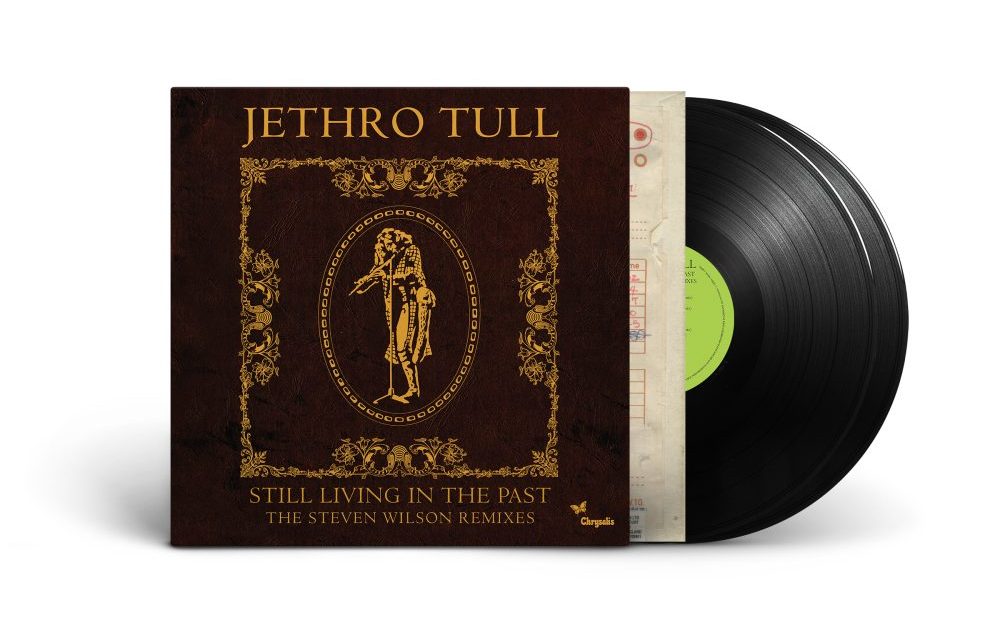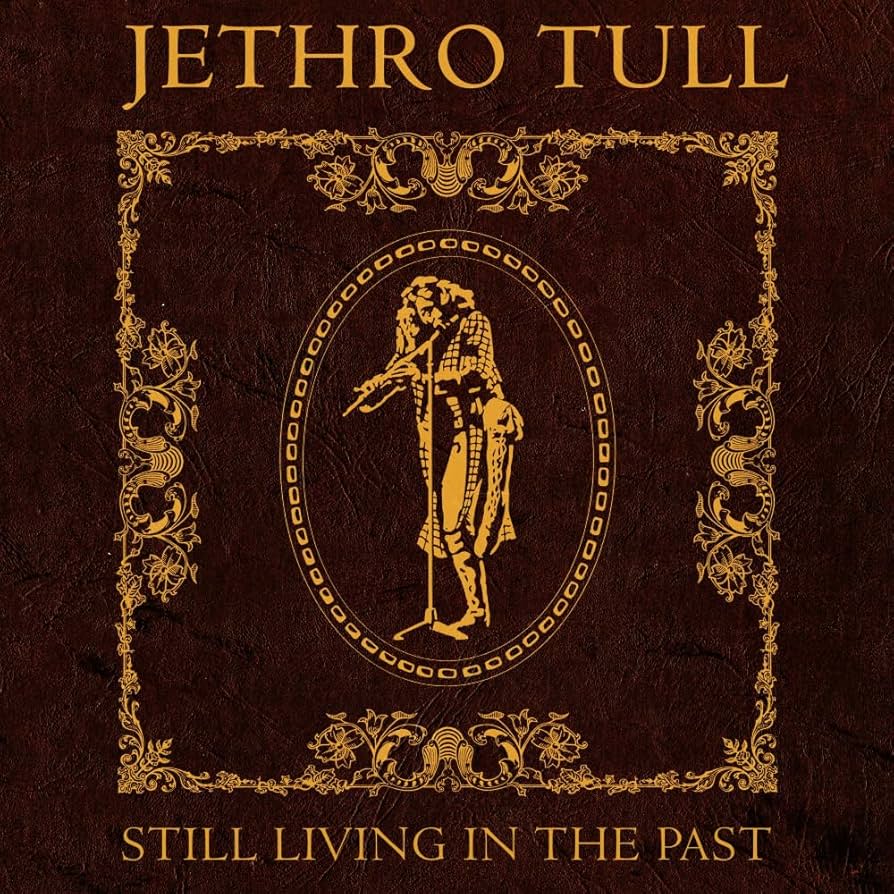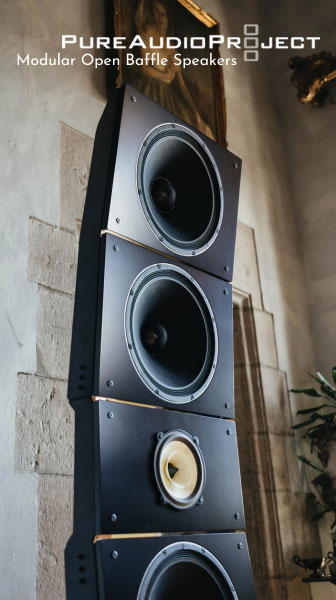Flute, Folk and Flashbacks: Jethro Tull is “Still Living in the Past”
The group’s first compilation receives the ‘Steven Wilson remix" treatment
Compilations tend to carry a certain stigma: contractual obligations, a stopgap between releases, executed without consent, or labels ringing every last dollar from a catalog. Some are subject to scrutiny regarding imbalanced tracklists and why certain songs were included or excluded. Regardless of intent, it provides curious fans with an ‘all-in-one’ primer, or sways the diehards with a dull obligation because of one exclusive track. Beyond the generalized view where artists typically disown ill-conceived compilations, British proggers Jethro Tull conceived one that was crucial to their back catalog.
Living in the Past, released in 1972, was far from a typical cash-grab style compilation. With Jethro Tull’s early catalog loosely following the UK protocol of singles not appearing on albums, this release gave a long-playing home to Top 10 hits like “Sweet Dream,” “The Witch’s Promise,” and the title track. It still left room for album cuts that doubled as singles, like “Song for Jeffrey” (This Was) and “Bourrée” (Stand Up), to be represented. Exclusivity came with remixing the original mono singles and B-sides to stereo, and polishing off unreleased outtakes like “Singing All Day” and “Just Trying to Be.” Tracks that were specific to certain regions were fresh surprises to listeners abroad, such as “Alive and Well and Living In” and the re-recording of “Teacher” from the respective UK and US versions of Benefit. A highlight of the side’s worth of material recorded at New York’s Carnegie Hall is a dramatic reworking of live staple “Dharma For One.” Although the Life Is A Long Song 7” EP was fresh and familiar to UK listeners, it rounds the compilation off fittingly.
.jpg)
What makes Living in the Past stand out amongst other compilations of the time is that it's not a ‘best of.’ When work on the release commenced as early as mid-1971, Jethro Tull's fan base was expanding due to the massive success of their then-recent full-length effort, Aqualung. This compilation provided a means for new fans to catch up with what the group had done over the last four years. For fans within the group’s home base, the non-album singles and B-sides hadn’t faced record store shelves in the UK for some time, and Living in the Past kept them in circulation.
For over 10 years, Steven Wilson revitalized Jethro Tull’s catalog with a series of ‘book sets’ centered on each album with stereo/surround remixes, supplementary studio/live material, and wonderfully annotated booklets. Wilson, instead of continuing the series with Tull’s electronic works from the 1980s, sticks to the classics by revitalizing the group’s first compilation, newly rechristened as Still Living in the Past. The lavish 5CD/1BD package is packed with a trove of vintage and new previously released and unreleased mixes, including the full Carnegie Hall show. Optical media aside, the vinyl equivalent of this reissue
.jpg)
Original pressings of Living in the Past came in a deluxe faux-leather gatefold jacket with a 12-page color booklet stapled to the inside. The packaging for Still Living in the Past shifts away from the textured touch of the original and opts for a more standardized jacket. All the band photos featured in the original booklet are instead laid out collage style for the gatefold. Like all the other vinyl reissues, it comes with a 16-page booklet featuring an in-depth history of the formative period the release focuses on, along with international single sleeves, photos, lyrics, and Ian Anderson’s insightful track-by-track breakdown. Scans of the original Morgan Studios master tape boxes comprise the printed inner sleeves that house standard-weight records bearing the original green Chrysalis label.

The audio content on the vinyl pressing of Still Living in the Past is a mashup of old and new. It remains true to the UK running order but integrates “Alive and Well and Living In” and “Hymn 43,” tracks that were exclusive to the US version. A bulk of the tracks are lifted from previous reissues that Steven Wilson had remixed. However, he went back and revisited some of the material to reflect the differences from the 1971 remixes made for the original compilation. Remasters of the ‘71 mixes are in place for select tracks that don’t have existing multitracks.
It’s a challenge to gauge the sound quality of a compilation where various tracks were recorded at different studios and overseen by multiple engineers. Steven Wilson’s remixes have a slickness that trades the upfront nature of original mixes for a broader soundstage. He retains the Tull sonic trademarks: transparent acoustic guitars and airy flute flourishes. Cutting engineer Barry Grint makes every song sound cohesive, with the exception being the remaster of the ‘71 mix of “The Witch’s Promise,” where analog grain is evident. Whether it's the walking lines of Glenn Cornick or the steady pulse of Jeffrey Hammond-Hammond, this pressing’s bass output is its most impressive facet.
Still Living in the Past is more than just a compilation. It’s an encompassing summation of Jethro Tull’s formative years, focusing on their early quasi-folk style before exploring more progressive waters and crafting album-length multi-movement suites.













































.png)








